By Lestey Gist, The Gist of Freedom
 Author, Osborne Anderson was the only African American to Survive, among the five Black Men whom accompanied John Brown on the raid on Harpers Ferry!
Author, Osborne Anderson was the only African American to Survive, among the five Black Men whom accompanied John Brown on the raid on Harpers Ferry!
In 1861 Anderson, now safely in the North, wrote A Voice From Harper’s Ferry. Anderson believed that southern accounts were biased, he felt compelled to give an account of the event from the raiders’ perspective. – with assistance from Mary Ann Shadd (Black Abolitionist) in which he described his role in the raid and argued that many local slaves welcomed their liberation and some in fact had helped Brown and his men.
Anderson’s account was the only one published by a member of Brown’s party and provided a rare first-hand description of the events and the motivation of these abolitionists.
Hardly the skin of a slaveholder could be scratched in open fight; the cowards kept out of the way until danger was passed, sending the poor whites into the pitfalls while they were reserved for the bragging, and to do the safe but cowardly judicial murdering afterwards.
Excerpts from Anderson’s book-
The fight at Harper’s Ferry also disproved the current idea that slaveholders will lay down their lives for their property. Col. Washington, the representative of the old hero, stood “blubbering” like a great calf at supposed danger!
” It is remarkable, that except that one fool-hardy colored man was reported buried, no other funeral is mentioned, although the Mayor and other citizens are known to have fallen. Had they reported the true number, their disgrace would have been more apparent; so they wisely (?) concluded to be silent. For an hour before the flag of truce was sent out, the firing was uninterrupted, and one and another of the enemy were constantly dropping to the earth.
As strangers poured in, the enemy took positions round about, so as to prevent any escape, within shooting distance of the engine house and Arsenal. Capt. Brown, seeing their maneuvers, said: “We will hold on to out three positions, if they are unwilling to come to terms, and die like men.” All this time, the fight was progressing; no powder and ball were wasted. We shot from under cover, and took deadly aim. For an hour before the flag of truce was sent out, the firing was uninterrupted, and one and another of the enemy were constantly dropping to the earth.
On the road we met some colored men, to whom we made known our purpose, when they immediately agreed to join us. They said they had been waiting for an opportunity of the kind. Stevens then asked the, to go round among the colored people and circulate the news, when each started off in a different direction. The result was that many colored men gathered to the scene of action.
After the departure of the train, quietness prevailed for a short time; a number of prisoners were already in the engine house, and of the many colored men living in the neighborhood, who had assembled in the town, a number were armed for the work.
A colored man named Haywood, employed upon it, went from the Wager House up to the entrance to the bridge, where the train stood, to assist with the baggage. He was ordered to stop[p by the sentinels stationed at the bridge, which he refused to do, but turned to go in the opposite direction, when he was fired upon, and received a mortal wound,. Had he stood when ordered, he would not have been harmed. No one knew at the time whether he was white or colored but his movements were such as to justify the sentinels in shooting him, as he would not stop when commanded. The first firing happened at that time, and the only firing, until after daylight on Monday morning.
One colored lady, at whose house we stopped, a little way from the town, had a good time over the message we took her. This liberating the slaves was the very thing she had hoped for, prayed form and dreamed about, time and again; and her heart was full of rejoicing over the fulfillment of a prophecy which had been her faith for long years. While we were absent from the Ferry, the train of cars for Baltimore arrived, and was detained. A colored man named Haywood, employed upon it, went from the Wager House up to the entrance to the bridge, where the train stood, to assist with the baggage. He was ordered to stop[p by the sentinels stationed at the bridge, which he refused to do, but turned to go in the opposite direction, when he was fired upon, and received a mortal wound,. Had he stood when ordered, he would not have been harmed. No one knew at the time whether he was white or colored but his movements were such as to justify the sentinels in shooting him, as he would not stop when commanded. The first firing happened at that time, and the only firing, until after daylight on Monday morning.
In 1864, five years after the Harpers Ferry Raid, Anderson enlisted in the Union Army, serving as a recruitment officer in Indiana and Arkansas. Osborne Anderson died on December 13, 1872 in Washington, D.C. at the age of forty-two.
John Brown said, among other things:–“And now, gentlemen, let me impress this one thing upon your minds. You all know how dear life is to you, and how dear your life is to your friends. And in remembering that, consider that the lives of others are as dear to them as yours are to you. Do not, therefore, take the life of anyone, if you can possibly avoid it; but if it is necessary to take life in order to save your own, then make sure work of it.”
Source: Lestey Gist






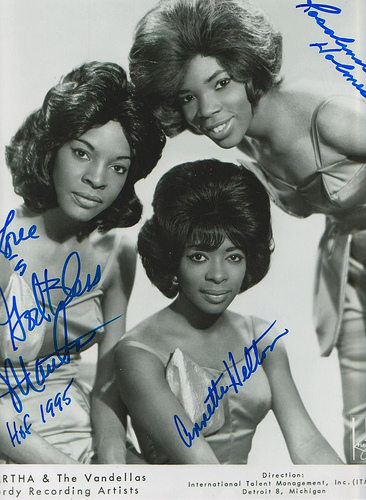




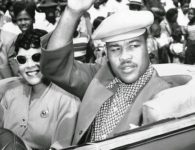
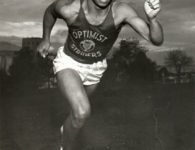

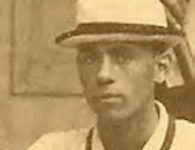
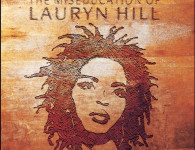

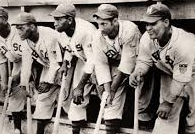
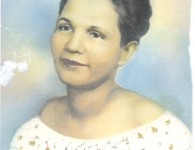

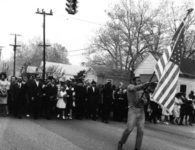

No comments